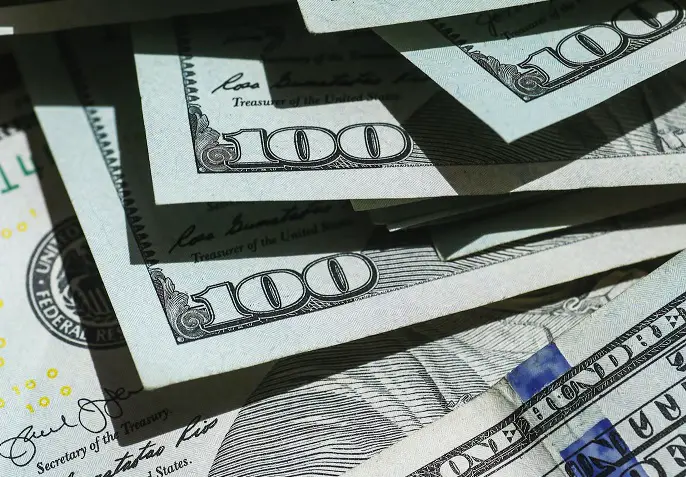This week, for the first time ever, US national debt passed the $31 trillion mark, according to Treasury Department data released on Friday.
The record was set less than two weeks after the signing of a bill suspending the previous $31.4 trillion debt debt limit set by Congress, which narrowly allowed the United States to avoid a debt default. The new suspension allowed the nation to borrow unlimited funding until it expires in January 1, 2025. As a result, the government can continue to fund domestic requirements such as Social Security and Medicare by borrowing more money and increasing the national debt further.
The debt ceiling was suspended after the US Treasury Department warned that absent the suspension the nation would enter a default condition, which would risk devaluing the dollar, increasing borrowing costs, and possibly triggering a global economic crisis.
The borrowing limit had been reached back in January, at which point the Treasury Department deployed an arsenal of emergency measures which allowed it to continue to meet its obligations and stave off a default, which would then have happened sometime in June. The warnings set off a debate which lasted for months, between Republicans and Democrats over how to prioritize spending going forward.
The day after the debt ceiling was suspended, borrowing by the federal government surged about $400 billion.
The New York Times reported that the $32 trillion limit was hit a full nine years sooner than had been projected prior to the onset of the Covid-19 pandemic. Analysts note that if the nation is to avoid another crisis, the government will have to take some measures to address the factors which are producing the rise in the debt.
Michael A. Peterson, head of the Peter G. Peterson Foundation, said in an interview, “As we race past $32 trillion with no end in sight, it’s well past time to address the fundamental drivers of our debt, which are mandatory spending growth and the lack of sufficient revenues to fund it.”
According to the projections of the foundation, over the next 30 years the United States may accumulate $127 trillion more in debt, with roughly 40% of the nation’s federal revenues being eaten away by interest payments alone by 2053.

